When the foundation of earthquake zone and tundra zone changes, pipelines laid in the zone may buckle and break. Therefore, improving the buckling resistance of line pipes is very important to ensure pipeline safety. Traditional pipeline design uses the method of increasing the wall thickness of the steel pipe to prevent the steel pipe from buckling. This method cannot achieve the purpose of using high-strength steel pipes to make steel pipes thinner and reduce pipeline costs. JFE Steel Corporation uses the latest thick plate deformation heat treatment technology to control the multi-phase structure of steel, and develops new products with better buckling resistance than traditional steel pipes, and has been put into practical use as pipeline steel pipes in seismic zones and frozen soil zones.
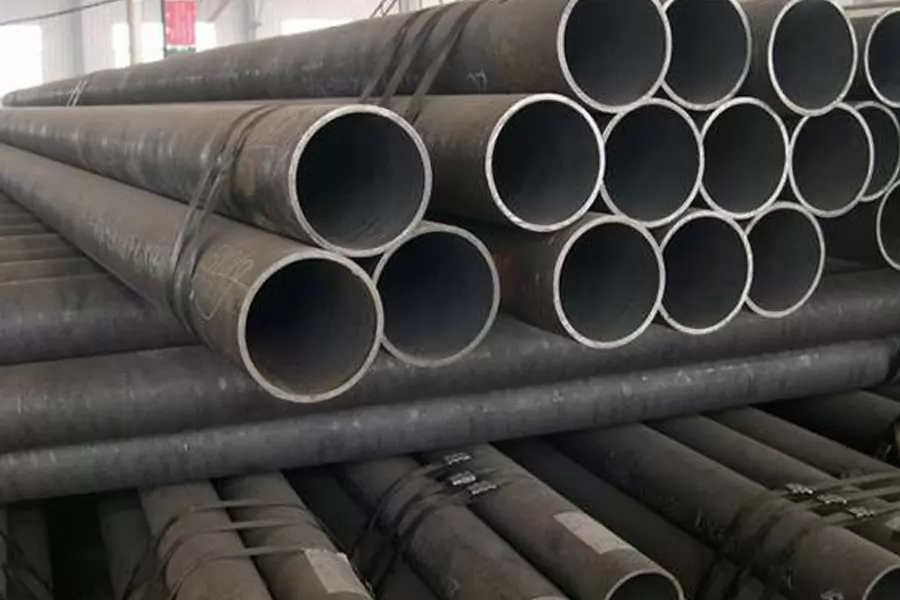
The steel pipe is a structural body, and the buckling phenomenon of the steel pipe is determined by the mechanical properties of the steel pipe, especially the stress-strain relationship. The mechanical properties of the steel pipe are determined by the microstructure of the steel pipe. The structure of the steel pipe can be controlled by optimizing the chemical composition, rolling and heat treatment conditions of the steel pipe. In order to develop new steel pipe products, it is important to find out the following relationships: 1) the relationship between the buckling resistance of the steel pipe and the tensile strength of the steel pipe, 2) the relationship between the tensile strength of the steel pipe and the microstructure of the steel pipe, and 3) the microstructure of the steel pipe The relationship between organization and steel pipe manufacturing conditions. Among them, according to the study of the mechanical properties of the microstructure, experimental research was mainly carried out in the past. This research has developed a technology that uses TEM analysis to predict the structure and deformation behavior of steel pipes to optimize the structure of steel pipes.
Identify the relationship between the buckling resistance of the steel pipe and the tensile strength of the steel pipe
First, the stress-strain curve and pipe diameter-to-wall thickness ratio (D/t) of different steel pipes are used for axial compression and buckling tests. Figure 1 is the relationship between the ultimate buckling strain and the value of n and a model diagram of the stress-strain curve. Generally speaking, steel pipes with small pipe diameter (D) and large wall thickness (t) are not prone to buckling, that is, steel pipes with small D/t have higher ultimate buckling strain. When D/t is the same, the greater the value of n, the greater the ultimate pressure The higher the bending strain. In addition, the ultimate buckling strain of the steel pipe with a yield plateau type stress-strain curve is low. Therefore, in order to prevent buckling, the pipeline steel should have a continuous stress-strain curve and a high n value.
Control of tensile properties of multi-phase structure steel
This paper studies the relationship between the microstructure of steel and the tensile properties of steel. This research focuses on the high-n-value ferrite-bainite two-phase structure steel manufactured by the controlled rolling and accelerated cooling process. The structure of the steel is modeled and its deformation behavior is analyzed. According to the continuity and symmetry of the structure, the three-dimensional structure model calculation unit with the hard phase dispersed in the soft phase is used for two-dimensional axisymmetric analysis. According to this model, the results of FEM analysis of the stress-strain curves and work hardening characteristics of ferrite-bainite steels with different structural volume fractions are shown in Figure 2. The FEM analysis result is very consistent with the experimental measurement result. Therefore, it can be considered that the work hardening characteristics of multiphase steel can be predicted with this analytical model. In addition, it can be seen from Figure 2 that both single-phase ferrite and single-phase bainite have low n values, and the maximum n value is obtained when the volume fraction of bainite in the steel is 40%.
By adjusting the steel manufacturing process, various hard second phases other than bainite can also be obtained. Therefore, FEM analysis was also performed on the case of hard second phases such as pearlite and martensite. The results show that the increase in the fraction of various hard phases increases the value of n. And the greater the difference in strength between the soft phase and the hard phase, the greater the influence on the value of n. Therefore, using martensite as the hard second phase, even if the martensite volume fraction is small, a high n value can be obtained.
Innovative online heat treatment multiphase structure control technology
The main feature of the innovative on-line heat treatment multiphase structure control technology for thick steel plates is that after controlled rolling, accelerated cooling (ACC) below the Ar 3 temperature can produce ferrite-bainite structure steel. Ferritic-bainite high-deformation steel pipes have been used as gas pipelines in Japan. However, overseas, in order to prevent corrosion, the exterior of the steel pipe must be coated with anti-corrosion at 200-250°C. Therefore, there is a problem that strain aging causes the deformation performance to decrease. In order to solve this problem, the on-line heat treatment device (HOP?) after accelerated cooling is used to make the steel structure multiphase and reduce the strain aging.
When accelerated cooling is performed after controlled rolling, the accelerated cooling is stopped in the middle of the bainite transformation, and the online heat treatment is directly performed. At this time, C is concentrated to untransformed austenite, and island-shaped martensite (MA) is formed in the air cooling process after the on-line heat treatment heating. Therefore, a multiphase structure with MA dispersed in bainite is obtained. In addition, the precipitation of carbides such as Nb and Mo occurs during the heating process of the online heat treatment, which significantly reduces the amount of solid solution C and inhibits the occurrence of aging. This kind of multiphase structure in which MA is dispersed and distributed in the soft bainite phase is a structure that cannot be obtained in the past production process.
Mechanical properties of bainite-MA structural steel and practical application of steel pipes
The heating of the bainite-MA structure steel coating causes a small increase in the yield strength, and the shape of the stress-strain curve does not change much, and the coating still has a high n value after heating. The heating of the ferrite-bainite structure steel coating causes a substantial increase in the yield strength and a decrease in the value of n. It is known in the past that MA is the starting point of brittle fracture in welding heat-affected zone and other parts, which deteriorates the toughness of steel. However, the MA obtained by the online heat treatment is a fine granular material, which has no adverse effect on the toughness of the base material. In addition, since MA is surrounded by many bainite grains with different orientations, crack propagation at the bainite/MA interface is suppressed.
Compression buckling test is carried out on the bainite-MA steel pipe, which proves that it has excellent buckling resistance. API X80 grade bainite-MA steel pipes have been used in natural gas pipelines in the seismic tundra zone of China and Canada.
If you are looking for dependable volume manufacturing metal parts supplier with High pressure die casting service who offers you competitive price, good service and quality for aluminium die casting, zinc, or magnesium die casting, then BE-CU Prototype are surely a partner you are looking for to fulfill all your die casting needs. With quality service and state of art technology, BE-CU indeed claim in providing quality pressure die casting including aluminum/zamak/magnesium alloy castings to our customers all over the world. To work with us,be-cu don’t just stop at taking your order and delivering your die casting products. be-cu are there for you at every step right from your preferred selection of aluminum die casting, Zamak die casting (Zamak 2, Zamak 3, Zamak 5, Zamak 8) or magnesium die casting products and services to post-order phase. In brief, once you become our customer, be-cu are with you every step on the way. The Detail Of BE-CU Die Casting Company

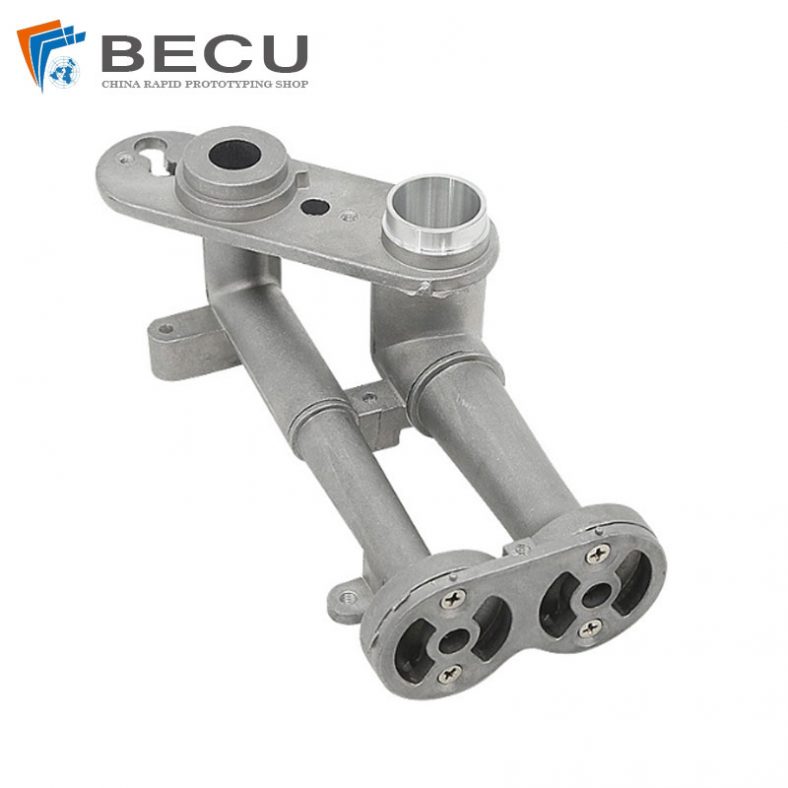
CNC Machining Gas Stove Bottom Joint

Gravity Die Casting Custom Street Light Heat Sink
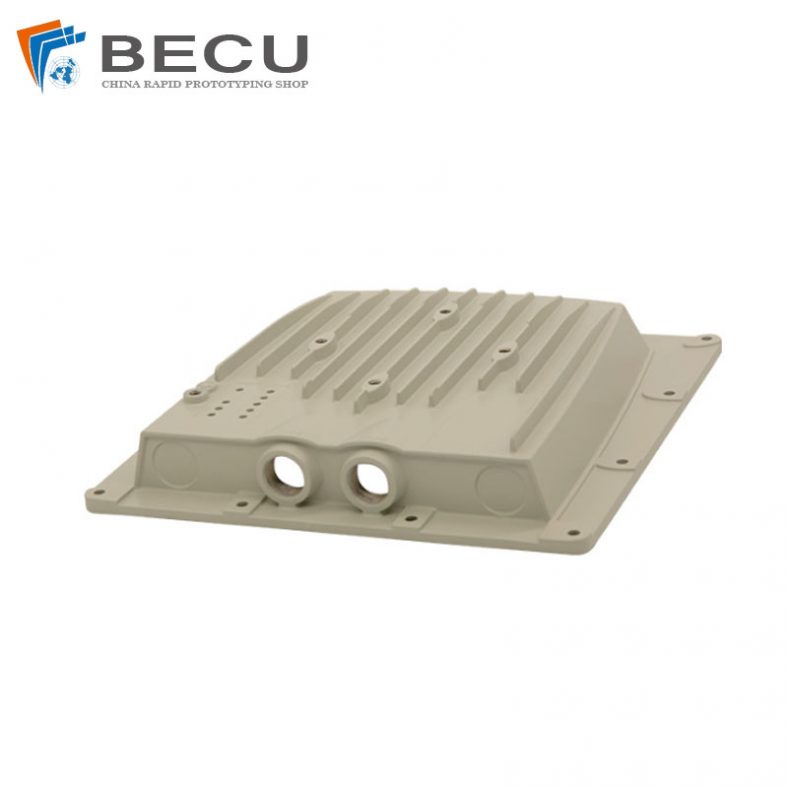
Die Casting LED Canopy Lights Heatsink For Gas Station
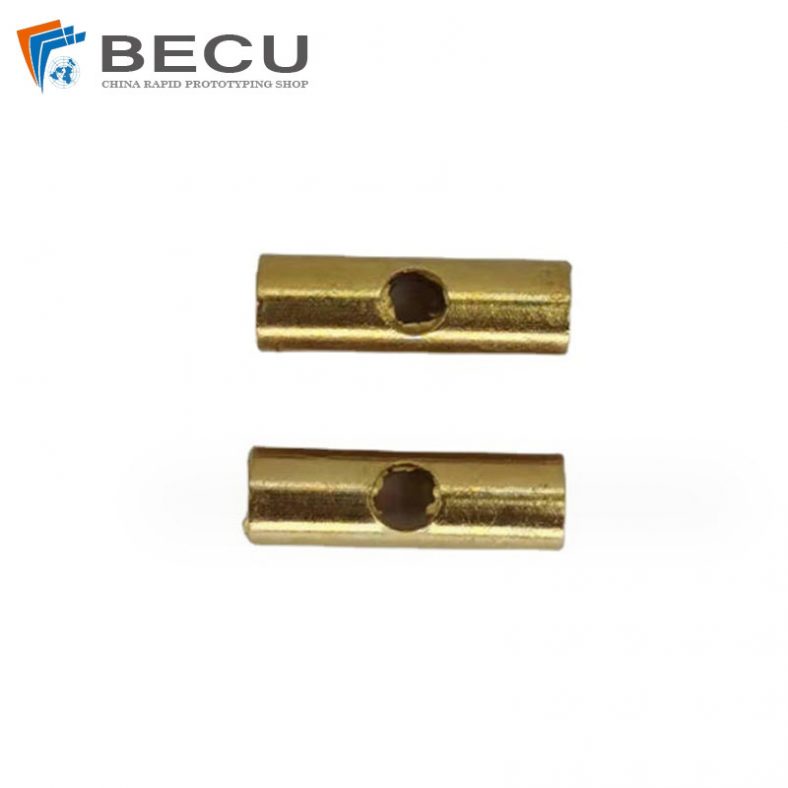
Zinc Die Casting PA10 Transformer Connector Terminal
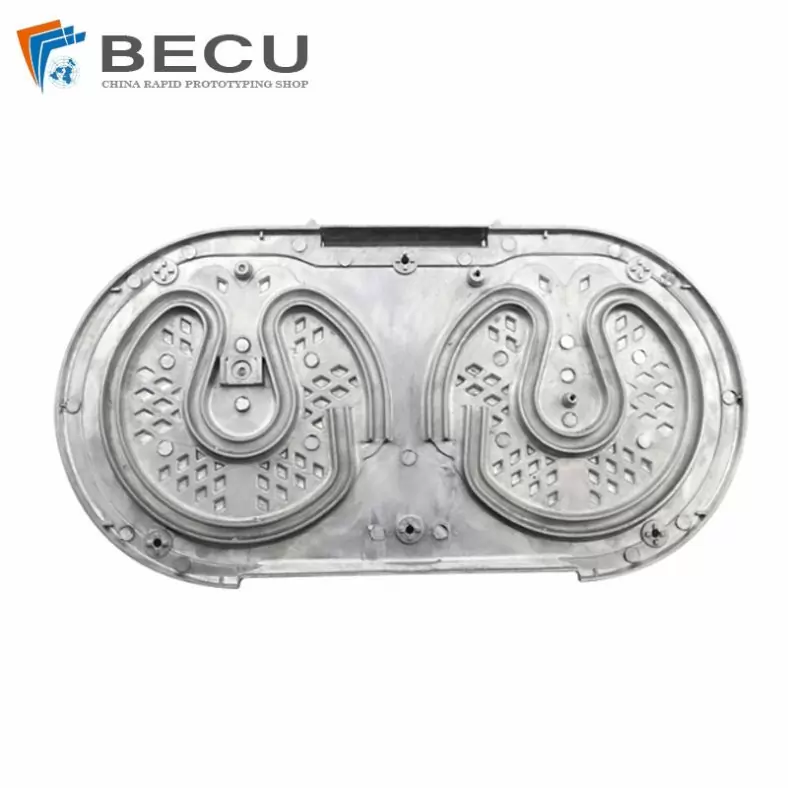
Die Casting Aluminium Cookware Chassis

Die Casting Wheels With Aluminum Alloy 5 Axis CNC Machining
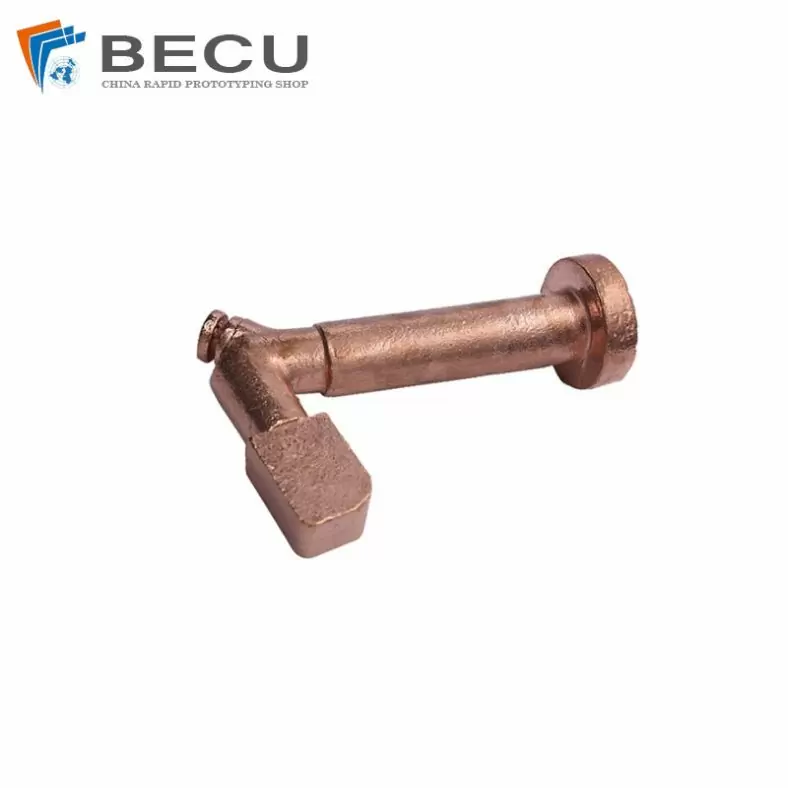
Precision Machined Copper Die Casting Parts
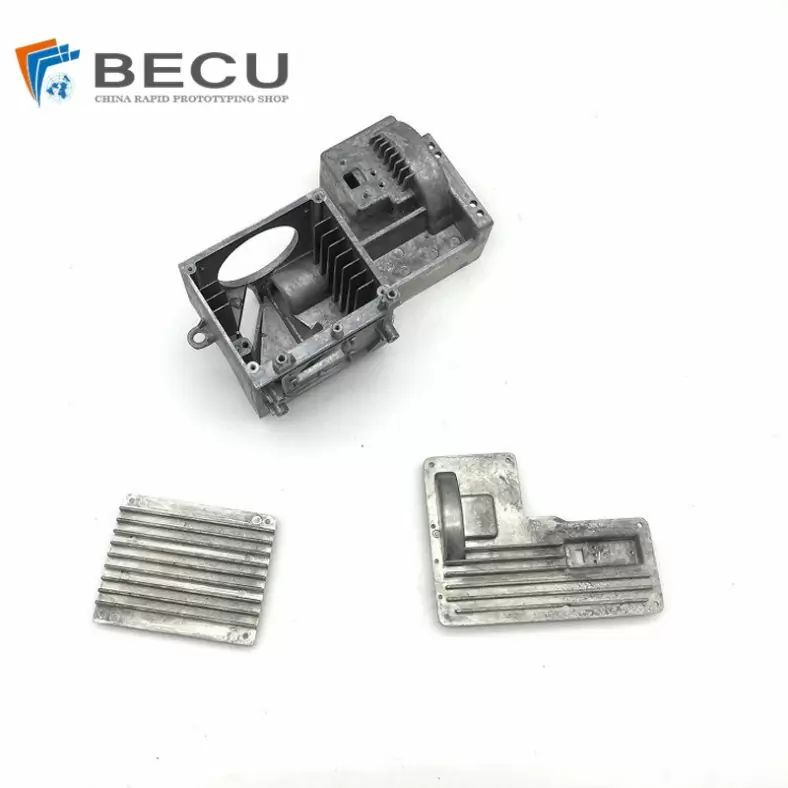
Professional Small Baler Aluminum Alloy Die-casting Mold Production
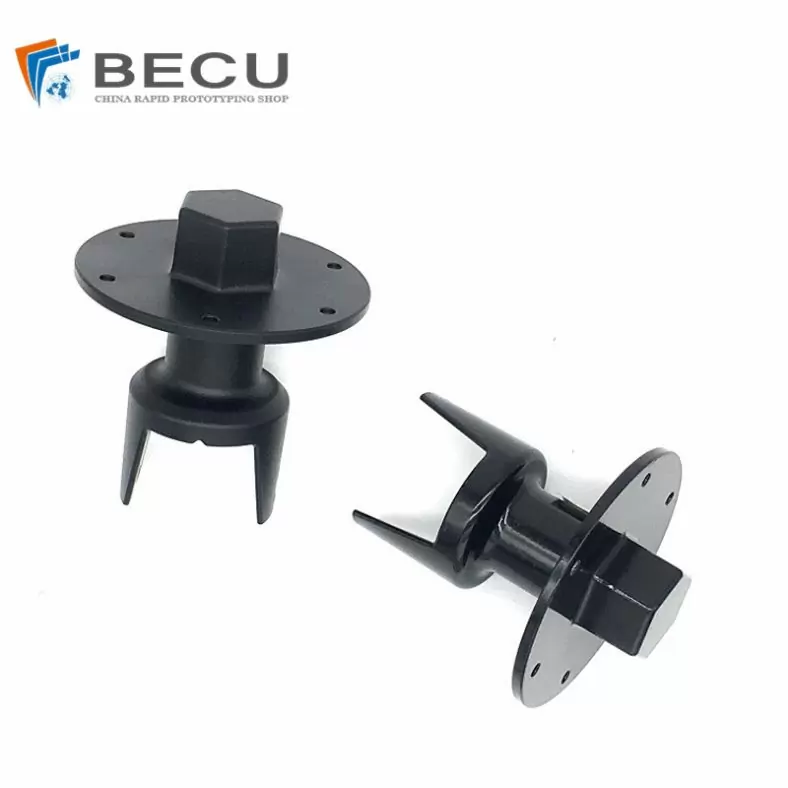
China Die Casting Factory Manufactures Surface Sprayed Aluminum Valve Body
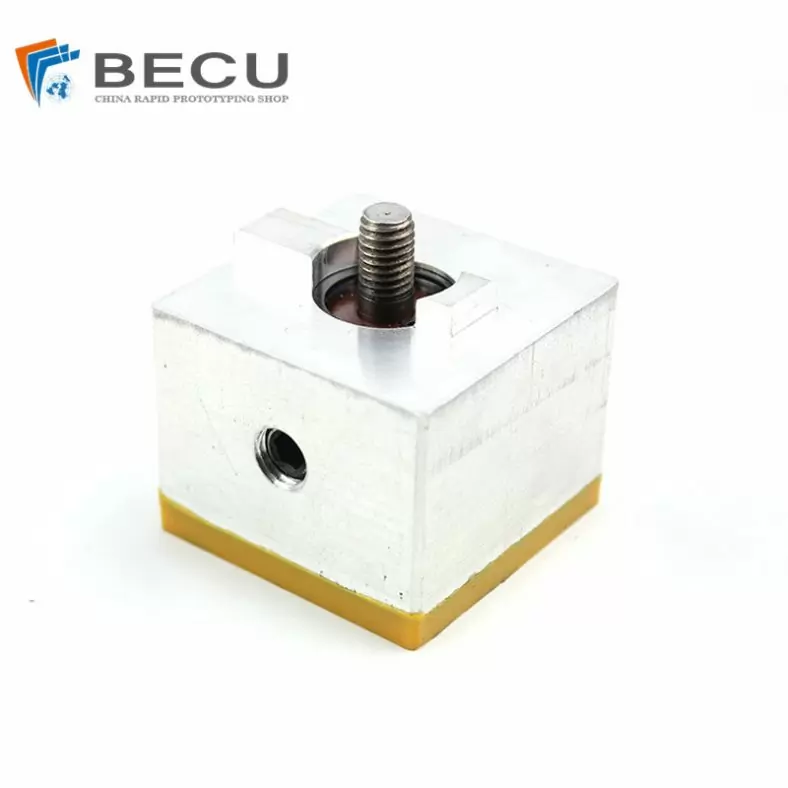
Extrusion Die-casting Polyurethane-Coated Aluminum Alloy Profiles

Custom Precision Aluminum Die Cast Brackets and Finishes
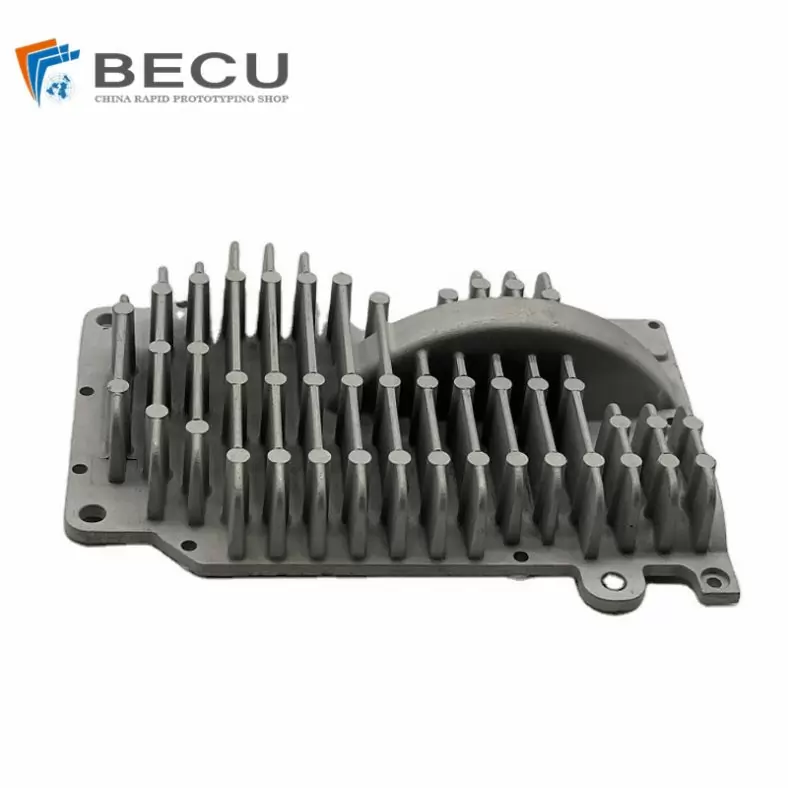
Extrusion Die-casting Magnesium Alloy Heat Sink Shell
